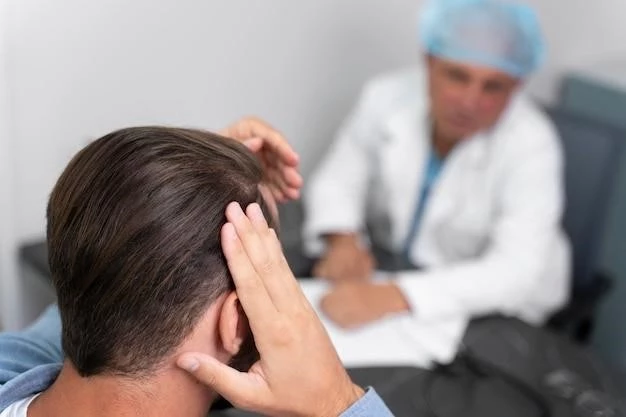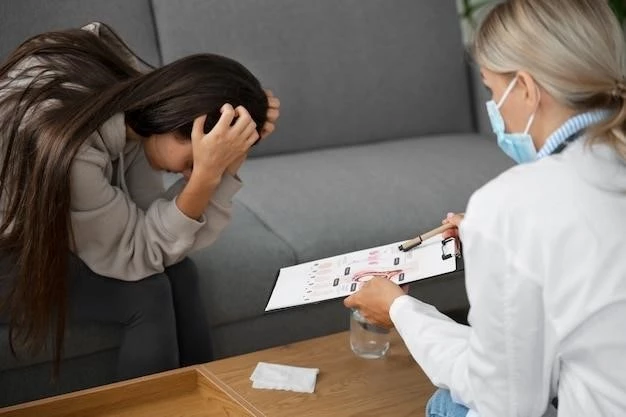Introduction to Trichotillomania
Trichotillomania is a disorder characterized by an irresistible urge to pull one’s own hair, resulting in alopecia. It can affect any age group and may be associated with obsessive-compulsive disorder or other body-focused repetitive behaviors.
Trichotillomania, also known as hair-pulling disorder, is a mental health condition characterized by the recurrent urge to pull out one’s hair resulting in hair loss. It is often associated with feelings of tension before pulling hair and relief or gratification afterward. This disorder can lead to physical and emotional complications, impacting an individual’s quality of life.
Definition and Overview of Trichotillomania
Trichotillomania is a disorder characterized by an irresistible urge to pull out one’s hair, resulting in alopecia. It can affect any age group and may be associated with obsessive-compulsive disorder or other body-focused repetitive behaviors.
Trichotillomania, also known as hair-pulling disorder, manifests with symptoms such as recurrent hair-pulling leading to hair loss. Individuals may experience tension before pulling hair, and pulling may provide relief or gratification. Common signs include noticeable hair loss and distressed scalp areas.
Common Areas Affected by Trichotillomania
Trichotillomania commonly affects the scalp, eyebrows, and eyelashes, although hair pulling can occur anywhere on the body. The head and areas around the eyes are often the most frequent targets. The disorder may lead to noticeable hair loss and patchy or thin areas. Individuals may engage in hair-pulling behavior in an attempt to alleviate stress or other negative emotions.
Symptoms and Signs of Trichotillomania
Trichotillomania is characterized by recurrent hair-pulling leading to hair loss. Tension before pulling and relief after are common signs. Notable hair loss and scalp distress are visible.
Potential Causes of Trichotillomania
While the exact cause of trichotillomania is not fully understood, it is believed to involve a combination of genetic, biological, and environmental factors. Stress, anxiety, trauma, and changes in neurotransmitter levels in the brain may contribute to the development of this disorder. Additionally, individuals with a family history of trichotillomania or other mental health conditions may be at a higher risk of developing the disorder.
Identified Risk Factors for Developing Trichotillomania
Risk factors for developing trichotillomania may include genetic predisposition, stressful life events, childhood trauma, and certain mental health conditions such as anxiety and depression. Individuals with a history of body-focused repetitive behaviors or other impulse control disorders may also be at a higher risk for developing trichotillomania.
Causes and Risk Factors of Trichotillomania
Trichotillomania is believed to stem from a combination of genetic, biological, and environmental factors. Stress, anxiety, trauma, neurotransmitter changes, and family history play roles in its development.
Diagnostic Criteria for Trichotillomania
Trichotillomania is diagnosed based on criteria outlined in the DSM-5, which include recurrent hair-pulling leading to hair loss, tension before pulling, and unsuccessful attempts to stop. The behavior causes distress or impairment and is not due to another medical condition.
Medical Evaluation and Assessment for Trichotillomania
Trichotillomania is typically diagnosed through a comprehensive evaluation, including a physical exam, detailed medical history, and psychological assessment. It is essential to rule out any underlying medical conditions that may contribute to hair-pulling behaviors. Healthcare providers may collaborate with mental health professionals to assess the severity of symptoms and develop an effective treatment plan tailored to the individual’s needs.

Complications Associated with Trichotillomania
Trichotillomania can lead to potential complications such as skin infections, repetitive hair loss, and distress impacting both physical and mental health. Understanding these consequences is crucial for effective management.
Potential Complications Arising from Trichotillomania
Complications of trichotillomania may include skin infections, repetitive hair loss leading to bald patches, and the development of emotional distress or mental health issues. Seeking appropriate treatment and support is essential to address these potential consequences.
Trichotillomania can have profound effects on both physical and mental health. It may lead to hair loss, skin infections, and emotional distress, impacting one’s overall well-being. Seeking timely intervention and appropriate treatment is essential in addressing the challenges associated with this condition.
Treatment Options for Trichotillomania
Trichotillomania can be managed through cognitive-behavioral therapy and medication interventions. It is crucial to individualize treatment based on the severity and needs of the patient.
Impact of Trichotillomania on Physical and Mental Health
Trichotillomania, an irresistible urge to pull out one’s hair, can have significant impacts on both physical and mental health. The disorder can lead to hair loss, skin infections, pain, and emotional distress, affecting the individual’s overall well-being. Seeking appropriate treatment and support is essential for managing the condition and improving quality of life.
Medication and Other Therapeutic Interventions for Trichotillomania
Trichotillomania can be treated with medication such as selective serotonin reuptake inhibitors (SSRIs), N-acetylcysteine, or antipsychotics. Therapy options like habit reversal training and acceptance and commitment therapy can also be effective in managing the condition. It is essential to explore various treatment approaches to find the most suitable intervention for each individual.
Specialties Involved in Treating Trichotillomania
Trichotillomania requires the expertise of primary care physicians, dermatologists, psychiatrists, and psychologists. A multidisciplinary approach involving therapy techniques is crucial for effective management.
Healthcare Providers Involved in the Management of Trichotillomania
The management of trichotillomania involves various healthcare providers, including primary care physicians, dermatologists, psychiatrists, and psychologists. A collaborative approach is essential to provide comprehensive care and tailored interventions for individuals with trichotillomania.
Collaborative Approach to Trichotillomania Treatment
Addressing trichotillomania typically involves a collaborative effort among various healthcare providers, including primary care physicians, dermatologists, psychiatrists, and psychologists. This multidisciplinary approach ensures comprehensive care and personalized treatment plans tailored to the individual’s specific needs. By combining expertise from different specialties, patients can receive holistic care that addresses the complex nature of trichotillomania.

Prevention and Management Strategies for Trichotillomania
Effective management of trichotillomania involves a combination of strategies including cognitive-behavioral therapy, habit reversal training, and stress reduction techniques. Collaborative care and support from healthcare providers play a crucial role in helping individuals manage and cope with this condition.
Strategies for Preventing Trichotillomania Episodes
Preventing episodes of trichotillomania can involve strategies such as identifying triggers, engaging in stress-reducing activities, maintaining a structured routine, and practicing relaxation techniques. Cognitive-behavioral therapy and habit reversal training can also play a crucial role in managing and preventing hair-pulling behaviors.
Effective Management Techniques for Individuals with Trichotillomania
Managing trichotillomania involves various techniques such as habit reversal training, acceptance and commitment therapy, stress reduction strategies, and cognitive behavioral therapy; These approaches aim to help individuals control hair-pulling urges and develop healthier coping mechanisms. Seeking professional help is essential for effective management of trichotillomania.
